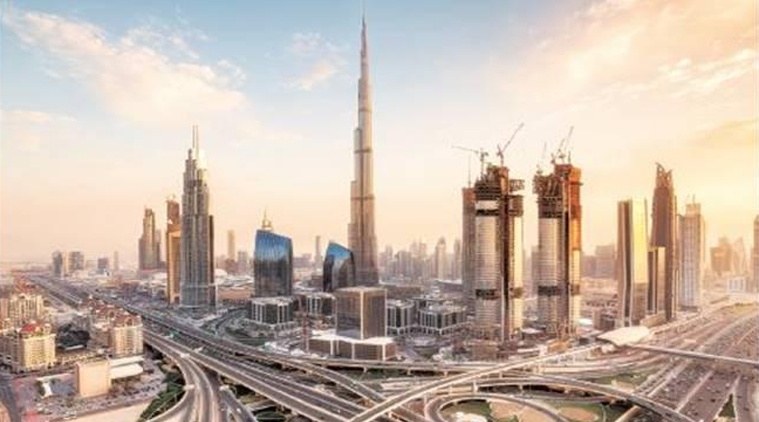India aims to copy China in what economists call “industrial policy”. The budget allocated Rs 2 trillion over five years to 13 industrial sectors through a production linked incentive (PLI) of 4-6% of production. This approach began earlier with tariff protection and allied incentives for cellphones. This was extended to medical devices and bulk drugs. Next came another 10 sectors, including autos and components, textiles, food processing, battery storage, solar photovoltaics, telecom and networking products, and white goods.
The government hopes to create global manufacturing hubs in the 13 sectors, attracting multinationals and major Indian companies. This approach of “picking winners” worked in some miracle economies in Asia, notably China. However, India is not China.
Economic liberalisation after 1991 steadily cut import duties and other controls. This eventually created an export boom in the 2000s. But world exports stagnated after 2013 and so did India’s. Many countries sought solace in free trade areas (FTAs). So did India. But India’s exports to FTA partners stagnated whereas imports from them boomed. One reason was the routing of Chinese goods, legally or otherwise, through FTA partners. Disillusioned with that approach, the government has opted for industrial policy.
The Nehru-Indira era aimed at self-reliance, creating national champions — mostly in the public sector — through strict industrial and import controls. This was a disastrous failure. Modi says Atmanirbhar is different because it aims not for self-sufficiency but global manufacturing hubs. As in China, the government will pick sectors with the best potential for job and exports, support them for five years to achieve scale economies, and then drop the incentives once global competitiveness is established. In every listed sector, a minimum investment will be required over five years to qualify for a PLI of 4-6%.
Why should the government pick winners instead of letting market competition decide that? In the 1990s, nobody thought that software, autos, and pharma would become India’s three top export sectors. Picking winners would have been an inferior strategy. Even in Asian neighbours, some attempts at picking winners were disasters (like Malaysia’s promotion of the Proton car). Industrial policy can hugely misallocate resources and spur crony capitalism.
Will incentives and tariff protection really end after five years? Experience suggests that industries used to such support want them forever, pleading that any reduction will mean bankruptcies and unemployment. Many more sectors are demanding inclusion in the PLI list, which already looks too long.
India has massive solar energy plans. That is the justification for including photovoltaic panels and batteries in the PLI list. China is today the biggest producer of these, not just through scale economies but constant improvements through R&D. An R&D culture is vital for success but cannot be induced by cash incentives.
India has a multitude of small farms, and does not allow corporate farming. So global scale food processing will require contract farming to assure quality supplies of produce. Alas, Modi’s new law on contract farming has been bitterly opposed by agitating farmers. This will scare off foreign investors. India has long been a textile exporter, based largely on its large cotton production, but no industrialist wants to set up giant factories with 20,000 workers as in Bangladesh or Cambodia because labour laws are too onerous. The recent labour reforms are too weak.
China is an autocracy that can crush agitators. Modi is often accused of autocratic tendencies but backed away from reforms of land acquisition (and some farm laws) for the fear of losing votes if seen as too anti-farmer or proindustrialist. India has relatively high land prices (because of generous acquisition laws), labour (because of the difficulty of sacking excess or seasonal labour), electricity (because high industrial tariffs are used to subsidise free farm electricity) and freight rates (which are kept high to subsidise passenger traffic). In every case the problem lies in political competition between parties to suck up to sundry vote banks. Such democratic considerations did not hobble the east Asian tigers in their fast-growth phase.
Finally, many potential investors in the PLI list are Chinese. India’s border spat has resulted in Indian economic sanctions against Chinese companies. Hundreds of Chinese apps have been banned from smartphones, imports have been delayed supposedly for security inspection. Clearly, further border clashes will be met with further sanctions. This will discourage investment from China, which has the ideal knowhow and capital for several PLI sectors. In cellphones, the government has attracted 16 MNCs, including Samsung, Apple, and Foxconn. Cellphone production and exports have boomed, but so have component imports. Value addition is very modest. The government claims victory but the jury is still out.
Maybe a few PLI sectors will succeed. But most risk failure. Copying China is difficult in a democracy.


